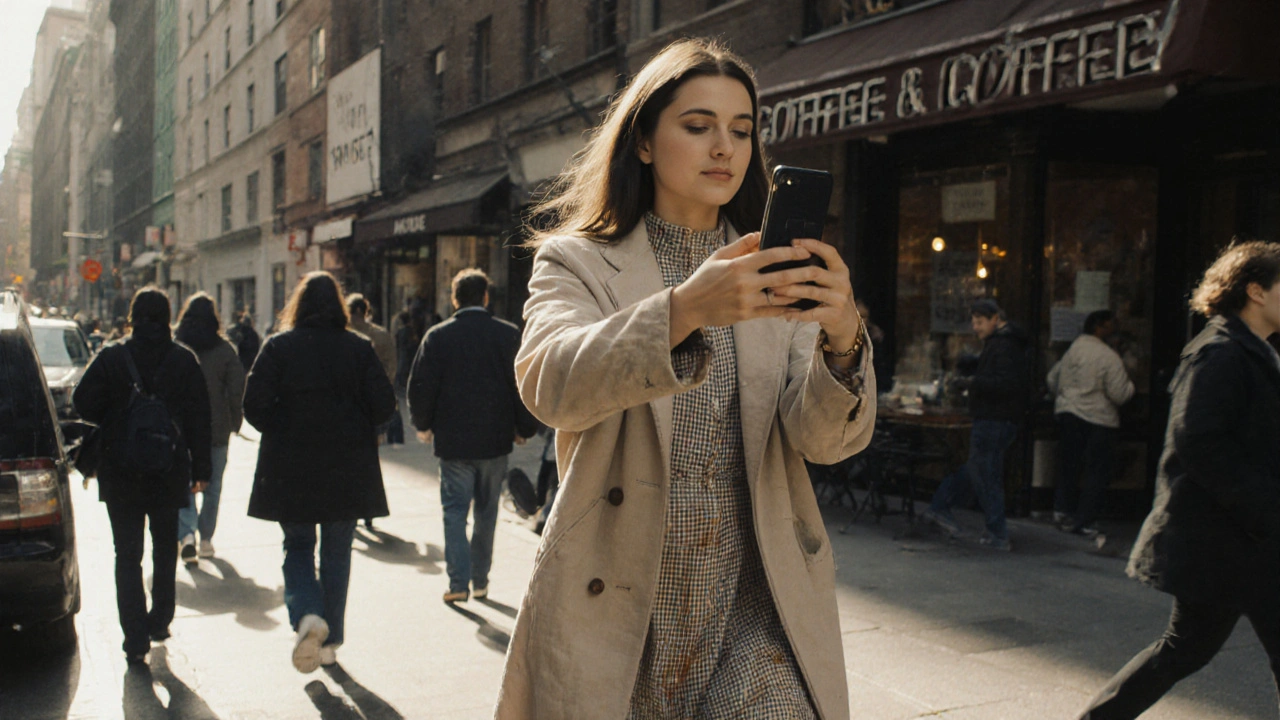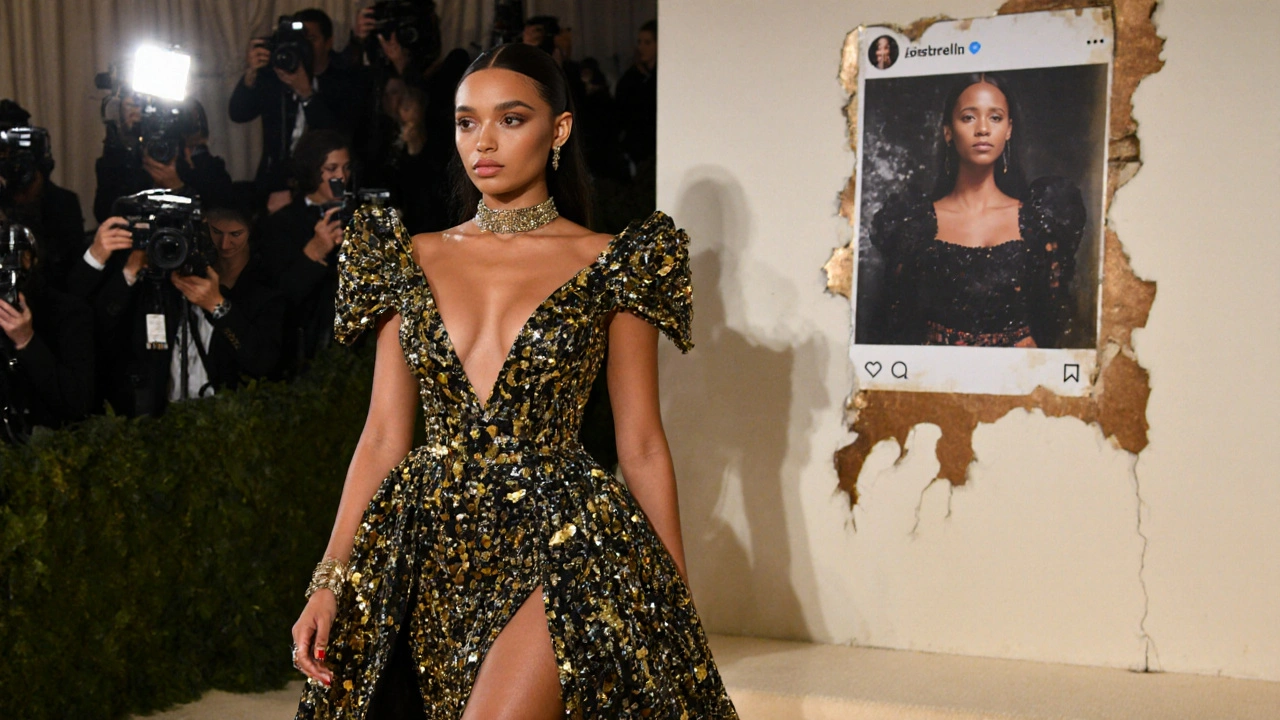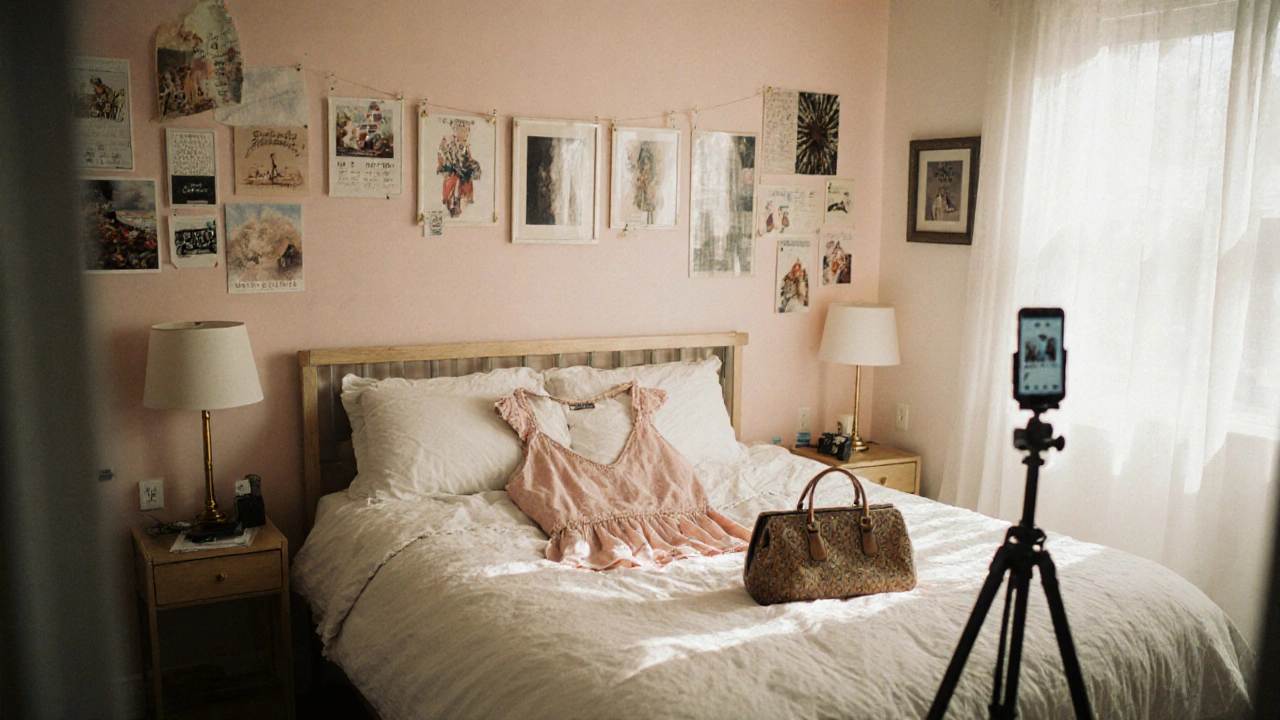Five years ago, a single Instagram post from a fashion influencer could sell out a designer’s entire collection in hours. Today, that same post gets a fraction of the engagement-and the brand still has inventory left. What changed?
The rise and fall of the perfect feed
In the early 2010s, influencers were the new gatekeepers of style. They weren’t models on magazine covers-they were real people, posting from their bedrooms, showing how to style a $20 Zara top with a $300 bag. Their authenticity felt fresh. But that authenticity was quickly manufactured. Brands started paying for staged photos, fake engagement, and recycled content. Soon, every influencer looked the same: same lighting, same poses, same hashtags. Followers noticed.
By 2023, TikTok and Instagram algorithms began favoring raw, unpolished content over curated flat lays. Users started tuning out the polished looks. A 2024 survey by Statista showed that 68% of Gen Z consumers no longer trust influencer fashion recommendations unless they see the same item worn in real life-on public transit, at a coffee shop, or in a street-style video with no filters.
Celebrities are stepping back in
While influencers lost steam, celebrities quietly regained their footing. Think about it: when Zendaya walks into the Met Gala in a custom Schiaparelli gown, it doesn’t need an influencer to validate it. The look becomes instant culture. Same with Timothée Chalamet’s red carpet experiments or Florence Pugh’s off-duty streetwear. These aren’t sponsored posts-they’re cultural moments.
Brands noticed. In 2025, 42% of luxury fashion campaigns shifted budget from micro-influencers to A-list celebrities. Why? Because celebrities still carry cultural weight. They don’t need to say ‘this is the trend’-the trend follows them. Meanwhile, influencers who tried to mimic celebrity style without the platform or legacy got lost in the noise.

The algorithm doesn’t care about your follower count
It used to be that having 500K followers meant you were powerful. Now, it’s about how many people actually watch your videos, save your posts, or tag friends in the comments. A nano-influencer with 12,000 followers who posts a 15-second clip of themselves thrift shopping in Brooklyn and gets 200K saves is more valuable than someone with 2 million followers who posts the same outfit with a stock caption.
Platforms now reward engagement quality over quantity. That means authenticity, humor, and specificity win. A post saying, ‘I wore this dress to my cousin’s wedding and it ripped-here’s how I fixed it’ gets more traction than ‘OOTD: Chanel x H&M collab’. People don’t want to be sold to. They want to feel like they’re in on a secret.
The backlash against fake metrics
Remember when influencers would buy fake followers and bots to inflate numbers? That’s now public knowledge. In 2024, the FTC cracked down on undisclosed paid promotions, and Instagram started removing fake accounts en masse. Brands got smarter too. They now use tools like HypeAuditor and Upfluence to check real engagement rates-not just likes.
One fashion brand in Dublin, Lark & Co., stopped working with influencers who had engagement rates below 3.5%. They switched to working with local tailors, vintage shop owners, and even regular customers who posted real photos of their outfits. Sales went up 27% in six months. The message? Real people wearing real clothes in real life beat staged perfection every time.

What’s working now: the rise of the ‘uninfluencer’
A new breed is emerging: the uninfluencer. These aren’t fashion experts. They’re teachers, nurses, baristas, and students who post what they actually wear-not what they think brands want them to wear. They don’t have glossy studios. They shoot on their phones in natural light. They admit when something doesn’t fit, when a trend feels silly, or when they’re just tired of trying to look cool.
One of them, a 28-year-old librarian from Galway named Eilish, posted a video titled ‘I tried the viral puff-sleeve trend. Here’s why it didn’t work for me.’ It got 1.8 million views. No brand paid her. No studio. Just honesty. Within weeks, three independent Irish designers reached out to collaborate. Why? Because her audience trusted her.
The future isn’t about who has the most followers-it’s about who has the most credibility
Influencers aren’t dead. But the old model is. The ones surviving are those who stopped pretending to be fashion gurus and started being themselves. They talk about body image, sustainability, budgeting, and the emotional weight of fast fashion. They admit when they’re wrong. They share their mistakes. That’s what people connect with now.
And brands? They’re catching on. The most successful campaigns in 2025 aren’t the ones with the biggest names. They’re the ones with the most honest voices. Whether it’s a 19-year-old college student reviewing thrift finds or a 50-year-old grandmother showing how she styles her vintage coat, the real influence comes from trust-not follower count.
If you’re a brand trying to reach people through fashion, stop chasing influencers. Start finding real people who wear clothes like they mean something. Because the truth is simple: people don’t follow trends. They follow people they believe in.
Are influencers still relevant in fashion?
Yes-but only if they’re real. Influencers who post curated, sponsored content without personal insight are losing relevance. Those who share honest experiences, admit mistakes, and connect with their audience on a human level still drive real engagement and sales.
Why are celebrities gaining more influence than influencers?
Celebrities have built cultural credibility over years, often through film, music, or public presence. Their fashion choices feel like moments, not ads. They don’t need to explain why something is cool-the world already sees them as tastemakers. Influencers, by contrast, are often seen as paid promoters, especially when their content looks too polished or repetitive.
What’s the difference between an influencer and an uninfluencer?
An influencer typically promotes products, often with staged photos and paid partnerships. An uninfluencer shares their real-life style without trying to sell anything. They post in natural light, admit when something doesn’t work, and focus on personal experience over aesthetics. Their power comes from trust, not follower count.
Do brands still pay influencers for fashion promotions?
Yes, but the deals are changing. Brands now prioritize engagement rate over follower count. Many are shifting to long-term partnerships with nano-influencers or real customers who post organically. Some brands even pay people to wear their clothes in everyday settings-like commuting or grocery shopping-instead of posing in studios.
How can I tell if an influencer’s recommendation is trustworthy?
Look for signs of honesty: do they mention sizing issues? Do they show the item in motion? Do they talk about price, comfort, or durability? If they only use perfect lighting and say ‘this changed my life’ without context, it’s likely paid. Real reviews include flaws, not just praise.


Really liked how you pointed out that authenticity isn’t about filters anymore-it’s about vulnerability. I saw a guy on TikTok fix a ripped hoodie with duct tape and a needle, and it got more saves than some celebrity collabs. People don’t want perfection. They want someone who’s been there.
Also, the part about the librarian in Galway? That’s the future. Real talk > staged shots.
Thanks for writing this.
The paradigmatic shift in fashion influence from curated commodification to organic credibility represents a profound epistemological realignment within consumer culture. The privileging of verisimilitude over performative aesthetics signals not merely a change in algorithmic preference but a deeper societal rejection of semiotic manipulation.
One might posit that the uninfluencer, by virtue of her unmediated self-representation, reclaims the Kantian sublime from the commodified gaze of late-stage capitalism. The absence of sponsorship, the presence of imperfection-these are not mere stylistic choices but ethical acts of resistance.
Ugh. Still seeing people act like this is news. Everyone knows influencers are dead. It’s 2025. If you’re still following someone who posts ‘OOTD’ with a branded hashtag, you’re part of the problem.
Also, ‘uninfluencer’? So cute. Like calling a raccoon a ‘wild little urban gardener.’